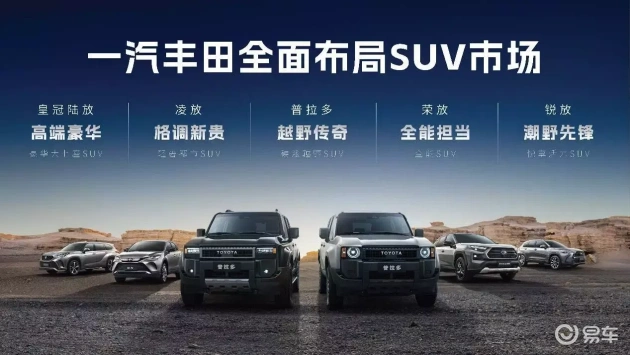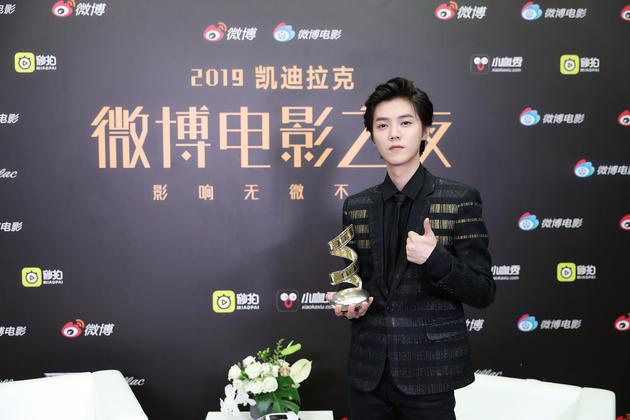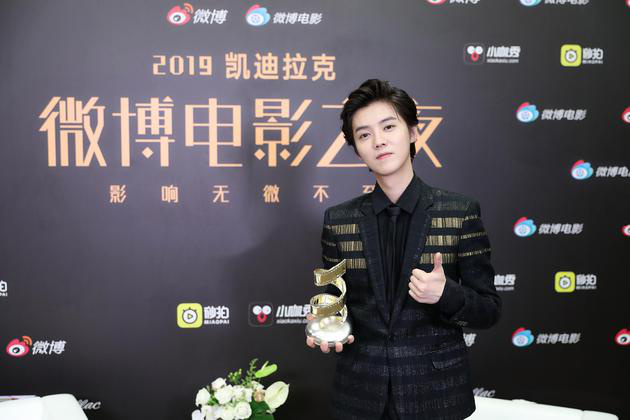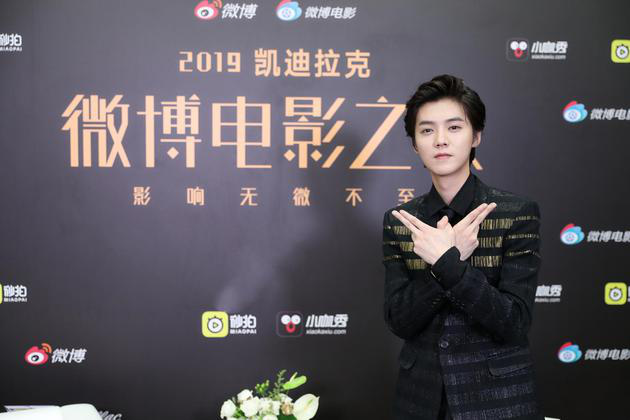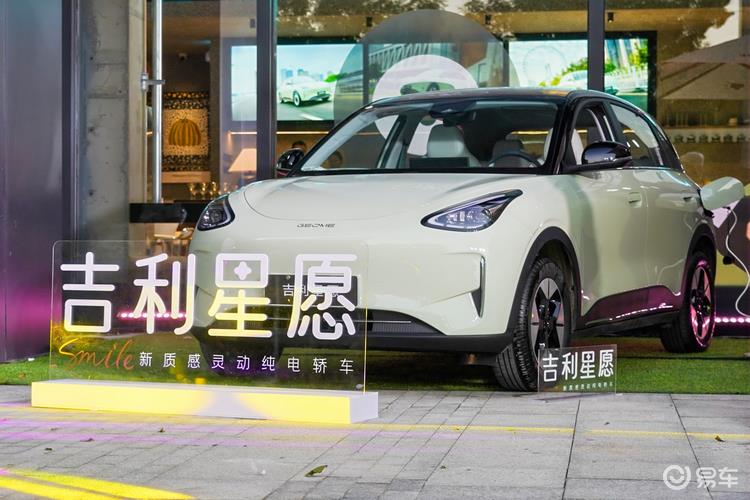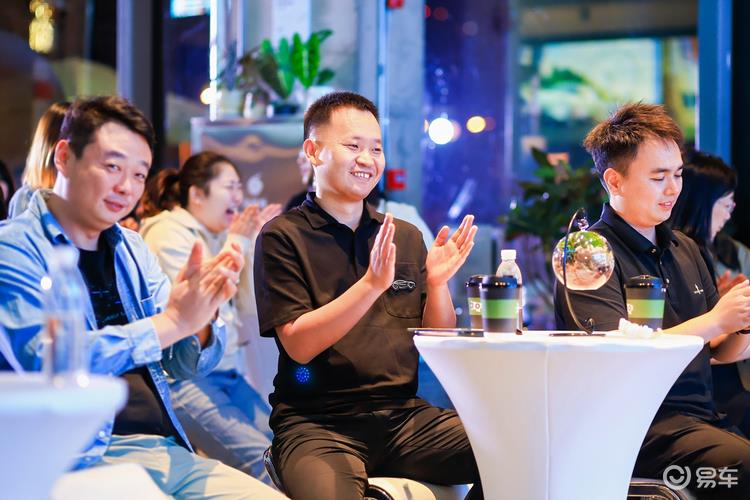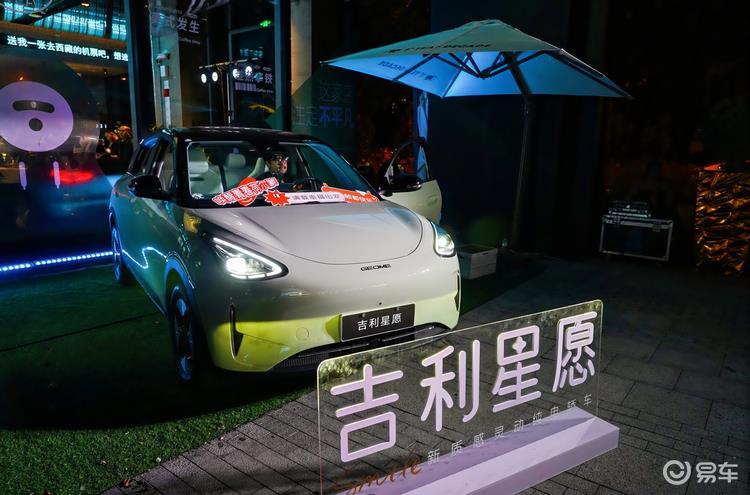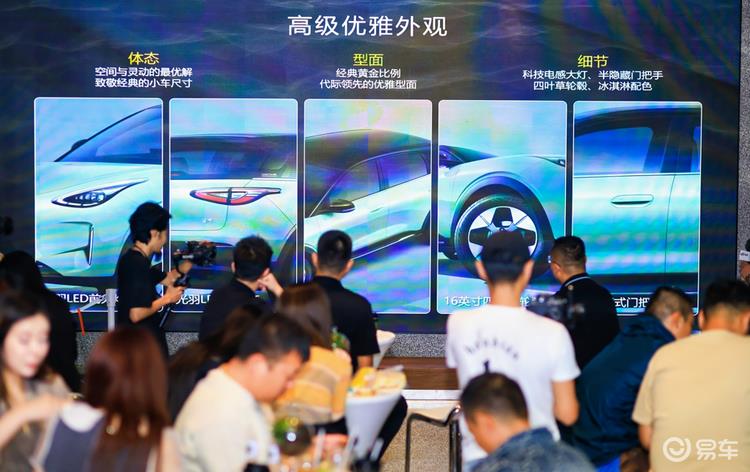At present, the 19th Guangzhou International Automobile Exhibition is in full swing. Lantu Automobile, a subsidiary of DONGFENG MOTOR CORPORATION (hereinafter referred to as "Dongfeng Company"), has officially released its second product, Lantu Dreamer, which is positioned as "Large Luxury Electric MPV". It is not only another new milestone in the development of Lantu Automobile, but also another masterpiece of Dongfeng Company to help users realize their dreams of a better life.

"We want to pay tribute to the new backbone of society, to the creative and responsible dreamers. We are in an era where everyone can build dreams and every striver can make their dreams come true. Lantu’dreamers’ are the movable’living room ‘in the work of the new backbone and the’warm home’ in life," said Zhu Yanfeng, chairperson and party secretary of Dongfeng Company.
Entry is the top stream, "Super MPV" Lantu Dreamer debuts
As the second model of Lantu Automobile, the launch of Lantu Dreamer not only enriches Lantu’s high-end product matrix, but also expands the new category of high-end electric MPV for the industry, redefines luxury MPV, and makes users’ beautiful travel dream of "moving and living" within reach.
Compared with traditional MPVs, Landmap Dreamer has become a multi-functional model that takes into account both administrative business and family travel with its five super advantages of super space, super performance, super luxury, super intelligence and super safety. It has opened a new era of intelligent electric MPVs and led a new experience of MPV driving and riding.

Lantu MPV has a wide-ranging pattern space beyond its peers. The body size is: length 5315mm, width 1980mm, height 1810mm, wheelbase 3200mm. The appearance follows the concept design of the family luxury yacht, with an elegant body posture, with a three-dimensional grille of the Triumph Gate, the entire front face is designed with magnificent momentum, and the body adopts organic curved surfaces. The ingenious fading curved surfaces bring users high-end and luxurious visual enjoyment.
Landmap Dreamer is the world’s first dual-power new energy MPV under the ESSA architecture. Subverting the traditional MPV, Landmap Dreamer is the world’s first MPV equipped with a front and rear multi-link independent suspension system. Smoother driving experience, better road passage, bringing users beyond expectations of handling stability and comfort.

As a new species of intelligence in MPVs, Landmap Dreamer leads MPVs into the intelligent era. Take the first 5G vehicle high-speed entertainment and office system, L2 + intelligent driving assistance system. Users can have an efficient and convenient entertainment and office environment even when they are on the move. At the same time, Landmap Dreamer supports the iterative upgrade of the entire vehicle OTA.
In an interview, Zhu Yanfeng said that the Lantu dreamers have consistently interpreted the brand value proposition and spiritual pursuit of Lantu’s "free and continuous exploration", highlighting the "light, quiet and elegant" styling elements and design style of the Lantu brand, and conveying the Lantu brand’s "value for money, price is credible, use it without worry, buy it without regret, empower life and harvest friendship" customer concept.

At this auto show, Landmap Dreamer simultaneously released four-seat and seven-seat versions for users to choose freely. At present, Landmap Dreamer has completed the development and testing of a total of 1.10 million kilometers under extreme conditions such as high temperature, plateau, high humidity, and high cold. The test conditions cover all scenarios of extreme use by users. It is reported that the car will be launched in the middle of next year.
Both rigid demand and vacuum, Lantu Dreamer creates a new blue ocean of high-end electric MPV
Looking at the current automotive industry, from the perspective of business travel, the MPV market is in strong demand, but the mainstream MPV market has been dominated by joint venture models and imported premium models for a long time. As the "national team" of high-end electric vehicles, Lantu Automobile is finding the evolutionary direction of MPVs in this race.
Looking back at the Chinese auto market, the "old three" represented by Santana, Fukang and Jetta opened people’s dream of a sedan. After that, the Chinese auto market ushered in a period of rapid development, and SUVs became the new favorite of Chinese consumers, and their market share continued to increase.
At present, the consumption level of the people has increased, and the material level has been greatly enriched. After the "three-child policy", the demand for MPV market has gradually increased.
"So far, there is no electric MPV on the market that really takes into account the needs of family travel and business travel. There is no MPV that really meets the family’s economic travel and can enjoy high-end quality. There is no high-end electric MPV that meets the current development trend." Lu Fang, CEO of Landmap Automobile, said frankly.

In this context, Landmap Dreamer emerged in response to the times, enriching Dongfeng’s high-end new energy product matrix and the domestic high-end new energy MPV market.
"Landmap Dreamers are forward-looking and creative, carrying Dongfeng’s dream, Landmap’s dream, and users’ dream of a better travel life," said You Zheng, a member of Dongfeng’s party committee standing committee and deputy general manager.
Leading user requests, Dongfeng "technology-based enterprises" drive to a new track
At present, the "dual carbon" strategy has become the main theme of industrial upgrading and technological competition, and the window period for new energy vehicles has arrived. On the first day of the auto show, representatives of nearly 30 state-owned enterprises such as China Merchants Group, COFCO Group, and China Southern Airlines came to the Lantu booth to visit and experience the Lantu Dreamer. They said that they will continue to deepen exchanges and cooperation with Lantu in ecological aspects, give full play to their advantages, and promote the implementation of the "dual carbon" strategy.
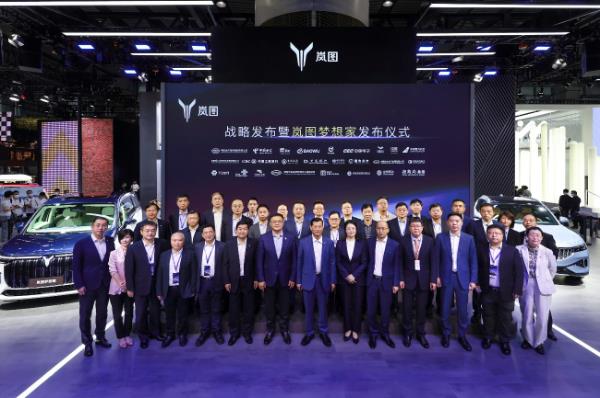
As one of the earliest companies in the industry to develop new energy vehicles, Dongfeng Company is market-oriented, customer-centric, and continues to make efforts on the new energy track to fulfill its responsibilities as a central enterprise.
"Lantu Dreamer is suitable for both business and family use. Our product is mainly considered from the functional perspective, and we develop this product according to customer needs, customer scenarios and customer environments." Zhu Yanfeng said in an interview that with the advancement of the "double carbon" strategy and the enhancement of people’s environmental awareness, automotive technology and products will usher in a comprehensive transformation and upgrading, and the trend of electrification and intelligence will also be more obvious.
Zhu Yanfeng also pointed out that in the transformation and upgrading, the achievements of the entire industrial system and brand improvement and technological self-reliance are gradually reflected. Whether it is new energy products, technologies, brand value, brand recognition, have ushered in a new upgrade.

As a high-end and upward exploration of the Dongfeng brand, since its establishment last year, Lantu Automobile has run out of "Lantu Efficiency" with the positioning of "new strength in car building". The launch of the first model, Lantu FREE, has won the trust of users with its high perceived value, excellent user experience and efficient and convenient direct sales model.
From Lantu FREE to Lantu Dreamer, Lantu Automobile is accelerating its embrace of the market. Facing the growing demand for electric vehicles, Lantu Automobile is planning for the next battle. In the next three years, Lantu will form a product layout covering three categories: SUV, MPV and sedan, and launch no less than one new car into the market every year, striving to become "China’s high-end electric vehicle leader" and establish a high-end leader image of Dongfeng new energy brand.
"In the new struggle, we will always explore and practice around the value concept of’who are my customers, where are my customers, what do my customers need, what can I do for my customers, and what can I do for my customers’, and strive to make the car drive the dream and empower the better life," Zhu Yanfeng said.
It is reported that this Guangzhou Auto Show, in addition to the blockbuster release of Landmap Dreamer, a number of new cars under Dongfeng Company are coming strong, Dongfeng Fengxing’s new 7-seat family car "Fengxing · Yacht" is officially unveiled, Dongfeng Nissan e-POWER China’s first model is on pre-sale, Dongfeng Infiniti’s new QX60 China debut, etc., showing the latest achievements of the "leap action" of science and technology under the guidance of the "Dongfeng Rise" strategy, which will also help Dongfeng Company accelerate the pace of becoming a technology-based enterprise.




